
Galleria Romanelli
Laocoon Head Plaster Sculpture
USD 655
Ships in 1 week

Galleria Romanelli is one of the oldest sculpture studios still active in the world, having been founded in 1860. Its incredible building is set in the Oltrarno, the artistic heart of Florence, and originally belonged to Lorenzo Bartolini, a great Italian sculptors of the 19th century. Sculptures made by several generations of the Romanelli family have, since long, been acknowledged worldwide. Today, the Gallery keeps catering for art lovers, collectors, and designers looking for unique artworks, thanks to a team of skilled sculptors lead by Raffaello Romanelli.
A church transformed into a studio in the charming streets of San Frediano, Florence, at the beginning of the 19th century. Inside, large luminous windows frame a space filled with pulleys, pedestals, and grand statues—testaments to the Romanelli family's legacy and an immense talent passed down through five generations. Pasquale, Raffaello, Romano, Folco, and another Raffaello have preserved and enriched this rich heritage for two centuries, carrying it into the present day. The studio creates limited editions, renowned restorations, and commissioned reproductions of significant artworks, while also offering a course for young sculptors. We met the latest Romanelli to learn more about the timeless art of sculpture.
Your becoming a sculptor was probably written in the stars, but how did it actually become a vocation?
Since I was a little boy I lived among sculptures, be it in the studio or the family owned art gallery. I grew up among statues of all sizes and shapes, yet at the beginning I studied something else. I went to what we call the Liceo Scientifico where you mostly study sciences, and then to the Institute for surveyors, before I realized sculpting was my passion and enrolled in the school. When my grandfather passed no one in the family wanted to take on the responsibility of the company, I raised my hand and stepped in.
At twenty-five you took over one of the most ancient studios in Europe: what was your strategy?
When I started the business wasn’t doing so great, especially artistically. I tried to maintain and valorize things that worked and give new life to things that didn’t. I opened the studio to the public and to students to recreate the concept of a real bottega.

Galleria Romanelli
USD 655
Ships in 1 week

Galleria Romanelli
USD 13,285
Ships in 1 week
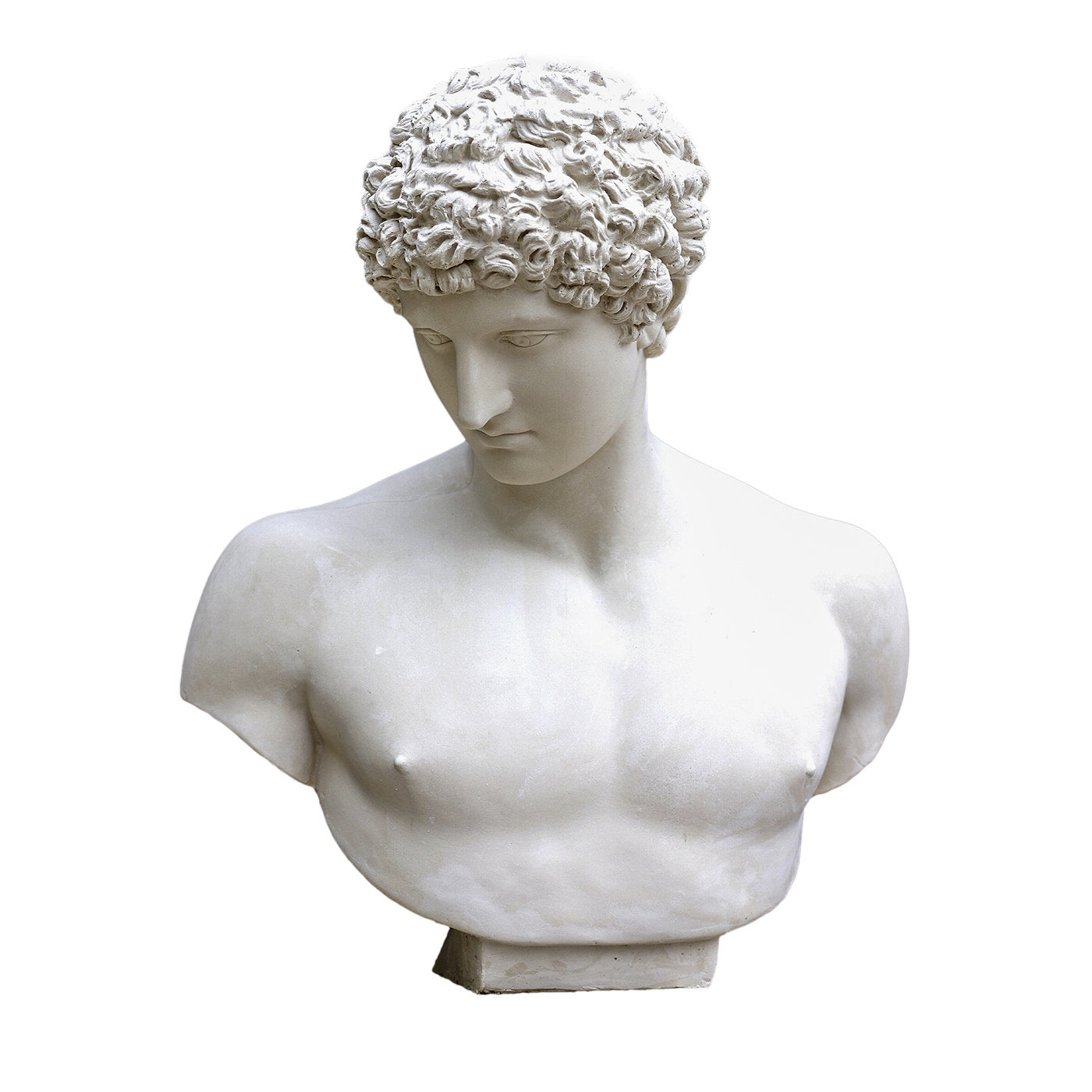
Galleria Romanelli
USD 1,795
Ships in 1-2 weeks

Galleria Romanelli
USD 10,535
Ready to ship

Galleria Romanelli
USD 8,315
Ships in 1 week

Galleria Romanelli
USD 11,740
Ships in 1 week

Galleria Romanelli
USD 2,085
Ships in 1 week

Galleria Romanelli
USD 1,450
Ships in 1 week

Galleria Romanelli
USD 1,405
Ships in 3-4 weeks
Tell me about your sculptures, how do you make them look so alive?
I love portraits. I try to look inside the person, understand who they are, what’s hidden underneath their physical beauty. I also try to find a complex artistic pose and be precise in recreating the person’s traits. I also have the model talk a lot during the work to have a more natural, true to life approach. When they start talking about their passions their eyes start shining and the muscles on their face take on a positive shape. I try to capture it all and mold the material.
What is beauty to you in a philosophical and artistic sense?
Putting aside classic Greeks and modern canons of beauty, a person’s true beauty comes out when they express their real nature. Each their own. It should also be pleasing to other people that’s why I always pick a positive pose rather than a sad expression.
What were the most difficult and most rewarding moments of your artistic career?
I feel very responsible to belong to such an important family in the history of sculpture. I have to admit it’s not easy. There are also some very satisfying and less difficult moments. Especially when someone walks into the gallery and gives out a spontaneous compliment on one of my sculptures, or after hours of work I finally find the right pose and start sculpting, I am overwhelmed by emotions.
What advice would you give to aspiring sculptors that study in your school?
You have to be open to others. If you close yourself in a studio and never meet anyone, go to galleries see the outside world, your work is limited. If you don’t open up, you might just replicate your own world and your work will not be worth remembering. It’s also very important to have different teachers. Each can teach you something you can use in your work.

Galleria Romanelli
USD 1,935
Ships in 1 week

Galleria Romanelli
USD 1,980
Ships in 1 week

Galleria Romanelli
USD 695
Ships in 1 week
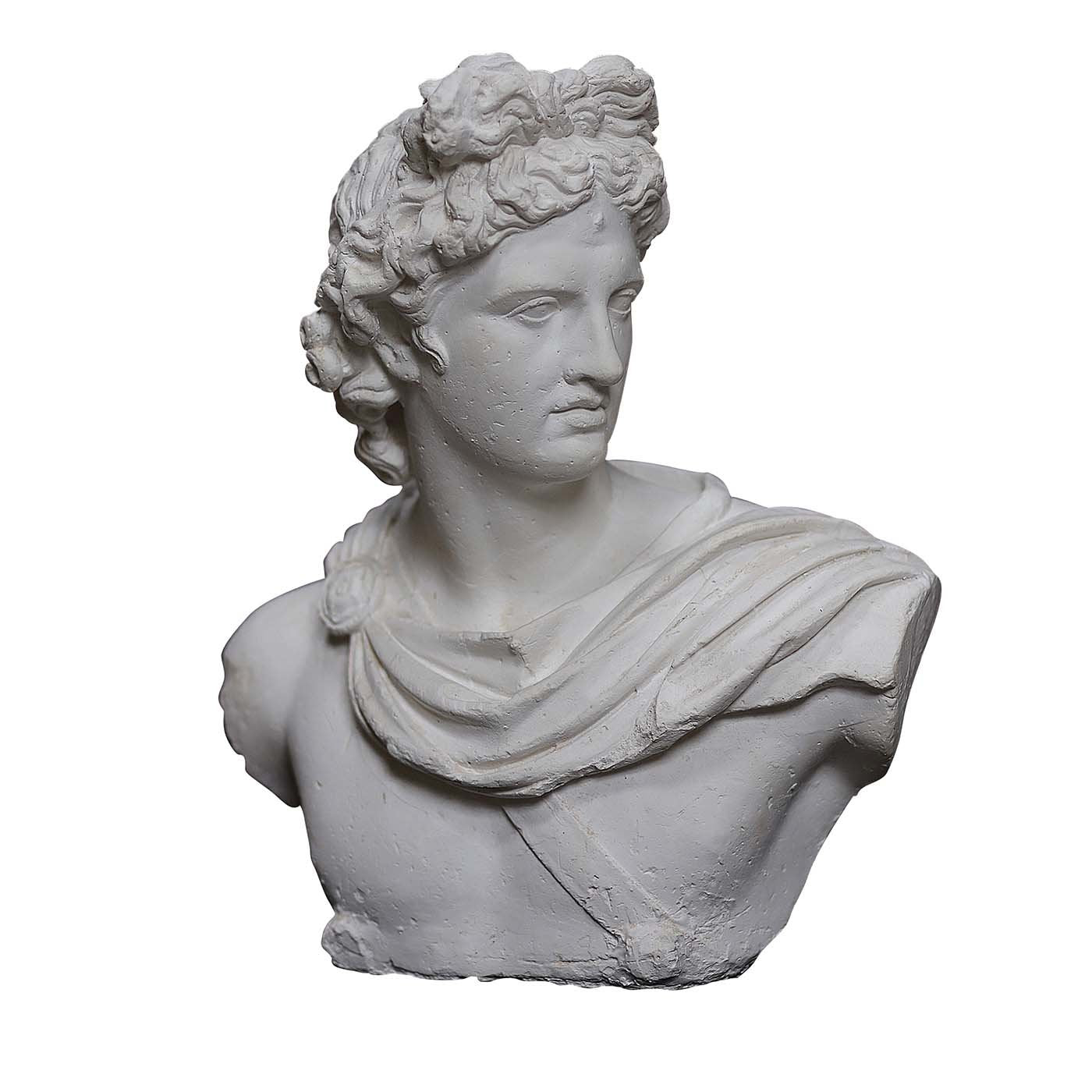
Galleria Romanelli
USD 1,625
Ships in 1 week
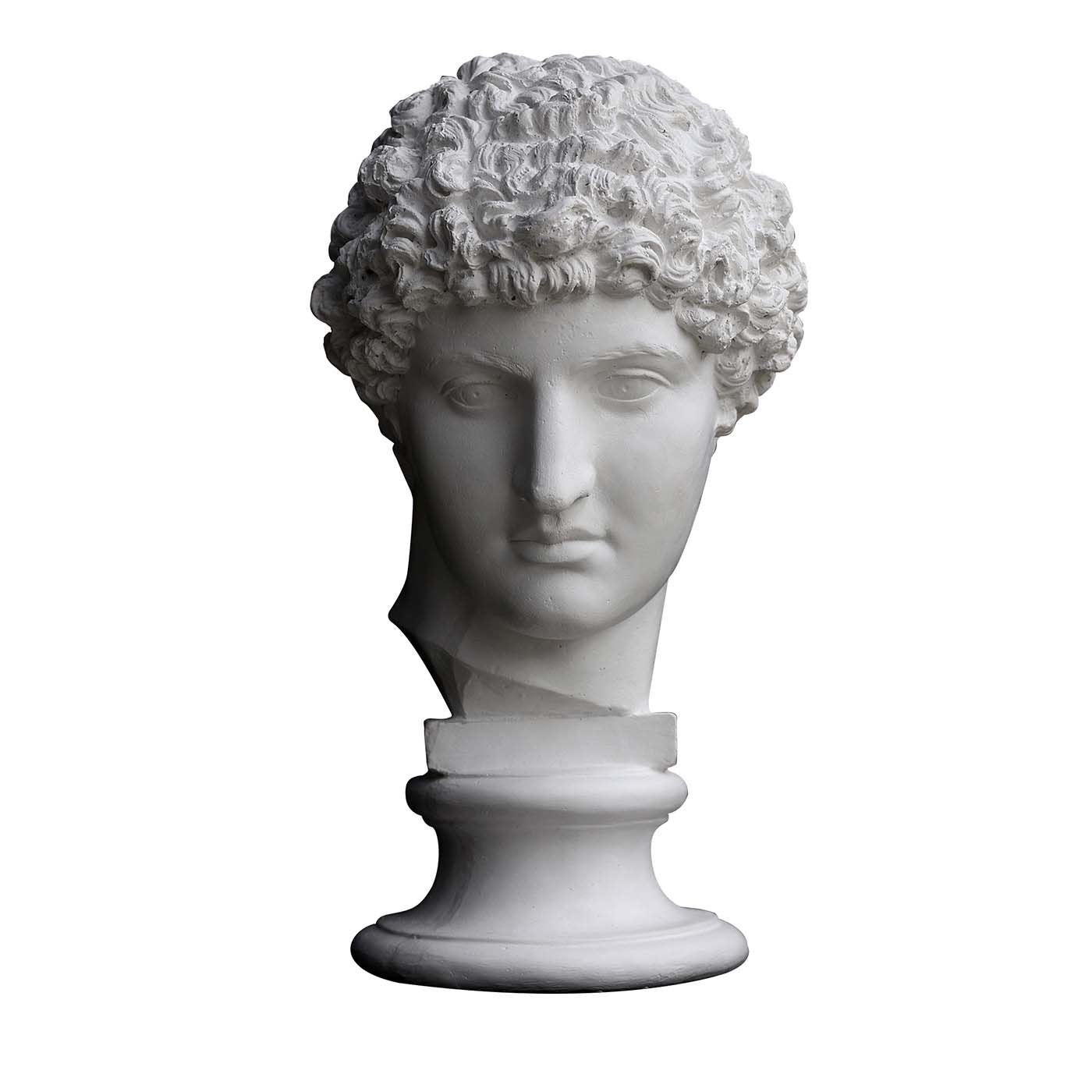
Galleria Romanelli
USD 1,160
Ships in 1 week
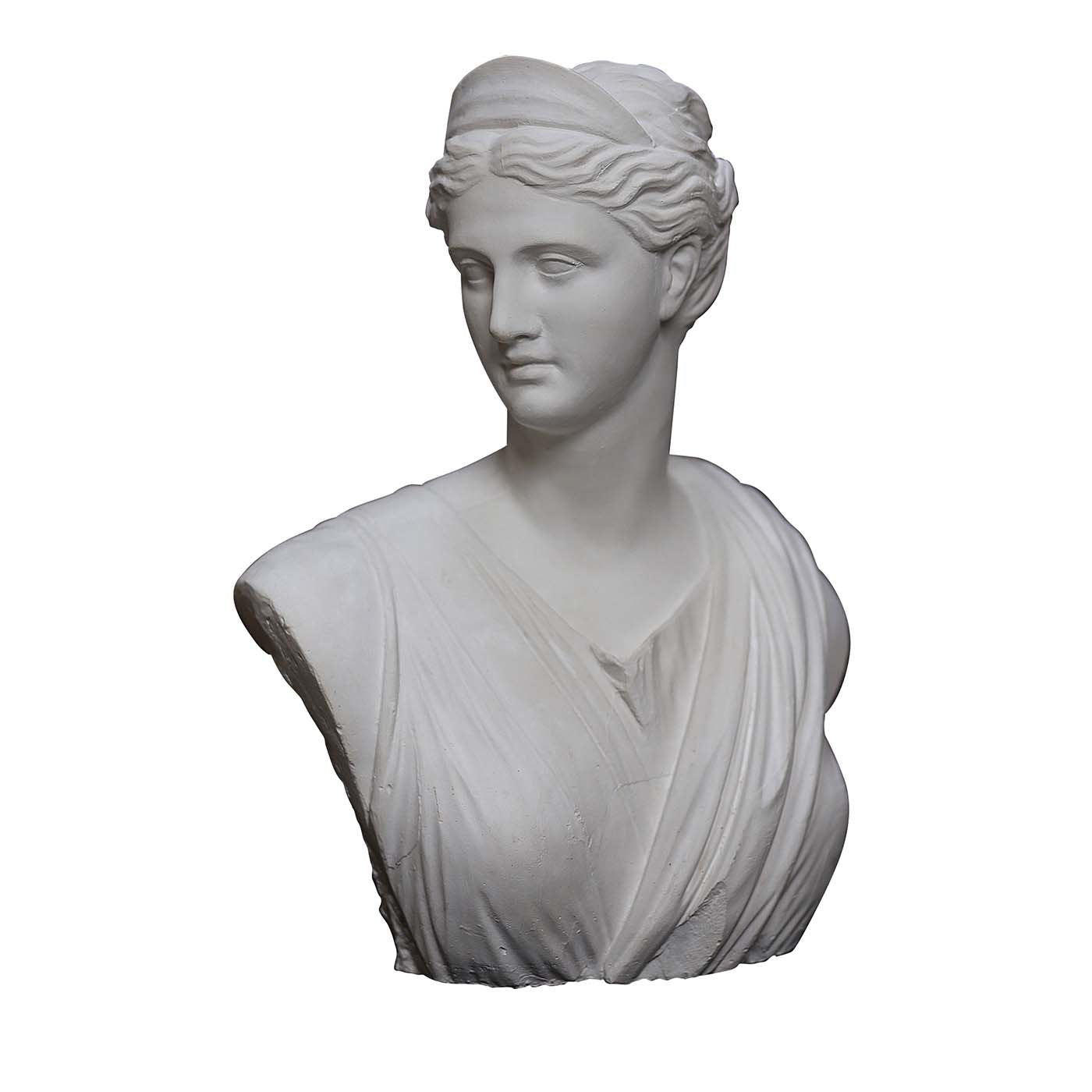
Galleria Romanelli
USD 965
Ships in 1 week
Which is your favorite tool?
Unfortunately I didn’t inherit anything from my famous great great grandfather, mainly because we use our tools and need to throw them away at some point they become useless. I care a lot about my loop tool, it has particular shapes that adapt well to human features and can be used to shape the corners of the mouth, the nose, and the ears.
What is a sculpture worth nowadays?
The emotional value attached changes from one person to the next. Some see it a personal memory, or the memory of the experience itself, modeling in my Florentine laboratory, some see its decorative value and some definitely its economic one. I usually do a few numbers in a series, from one to twelve pieces, one for each portrait. Their limited number raises their monetary value.
Photography by Tomaso Lisca
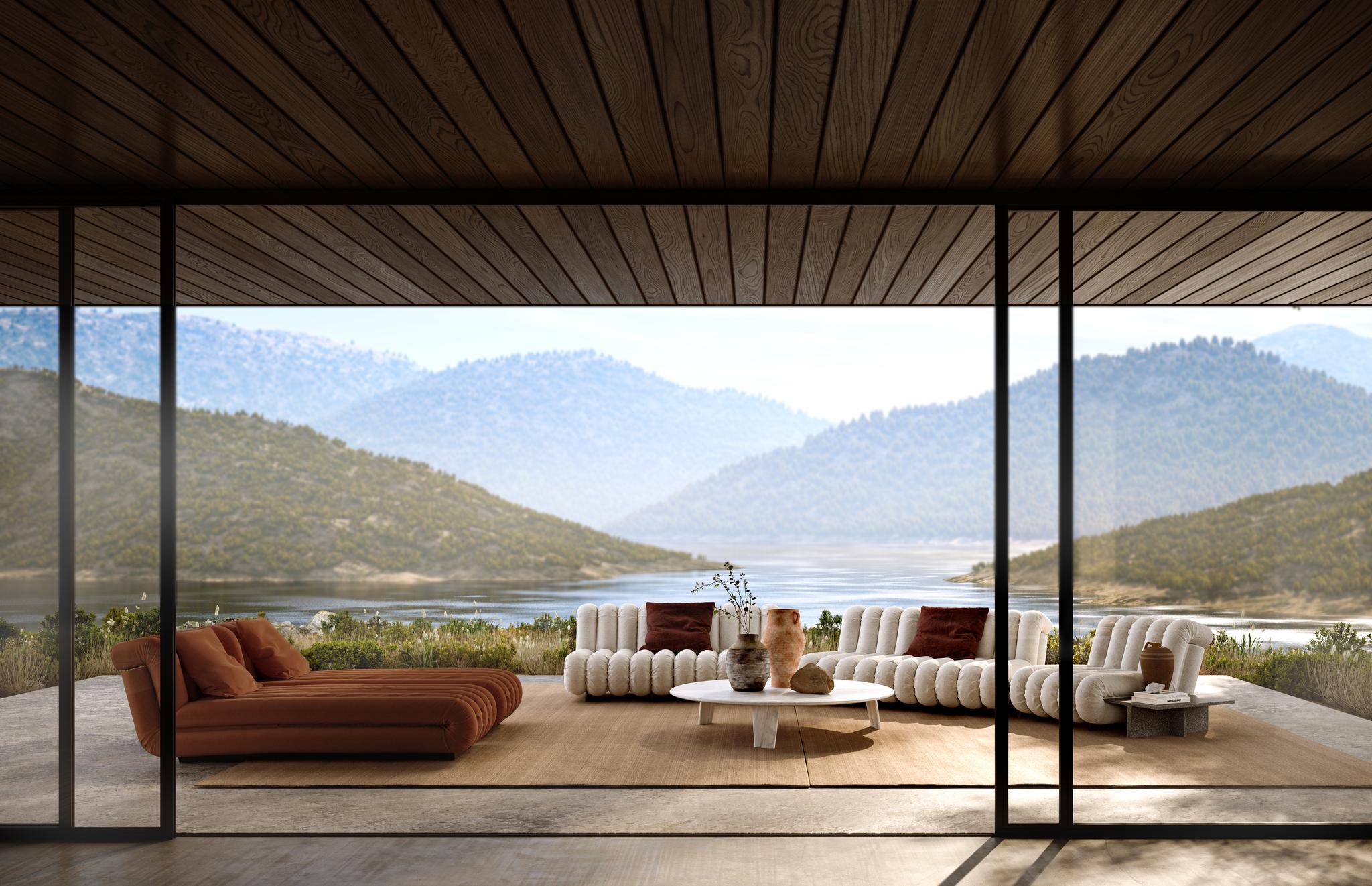
Born in the historic design district of Brianza, Exteta takes inspiration from the Italian art of …
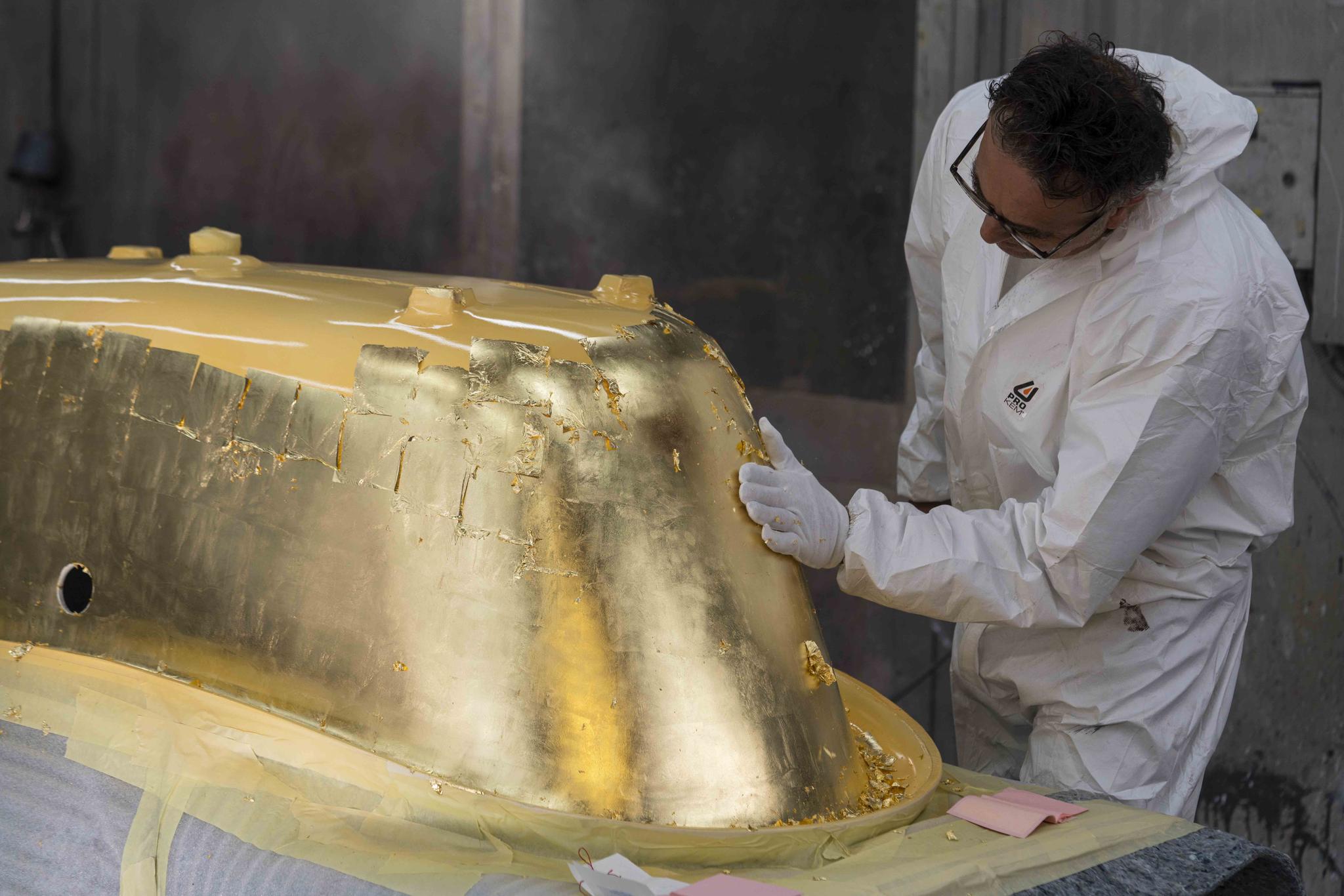
Devon&Devon is a luxury design and manufacturing company specializing in bespoke interior solution…